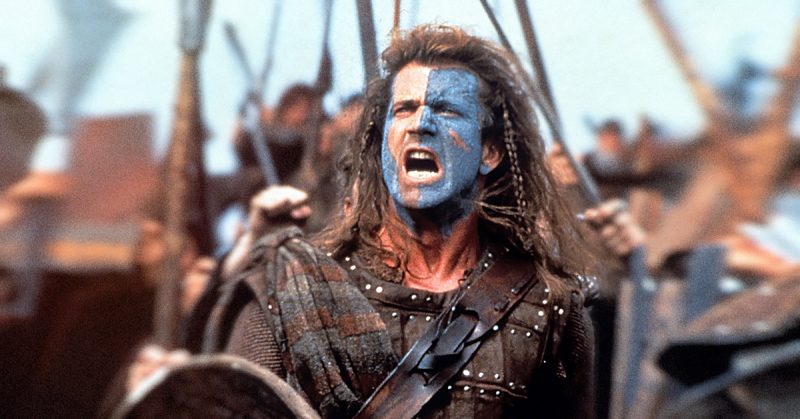William Wallace: legendary warrior, scourge of the English, and fearless campaigner for Scottish freedom.
Most of us know this rugged, painted Scottish hero as a consequence of Mel Gibson’s 1995 blockbuster movie, a thrilling biopic that culminates in Wallace’s brutal execution at the hands of the English king, Edward I.
Although Braveheart is undoubtedly a movie classic, it’s far from historically accurate, and has actually perpetuated a number of myths about William Wallace himself.
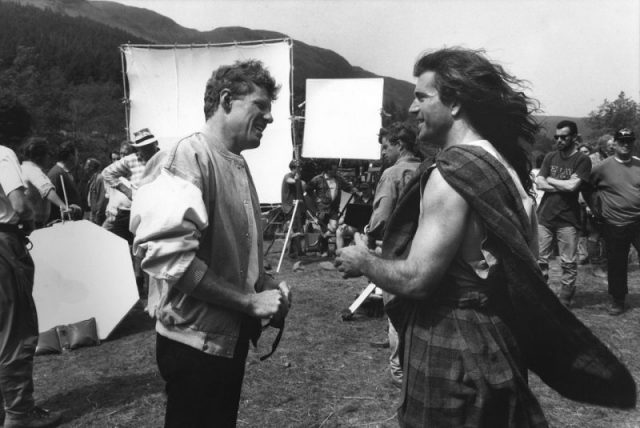
Modern historians now have to work twice as hard to debunk the myths, deconstruct the legends and find the truth about this elusive Scottish hero.
One of the reasons that so many myths have grown up around William Wallace is that there are very few surviving historical sources that can offer details about his life. Much of what we do know comes from the writings of Henry the Minstrel, otherwise known as Blind Harry.
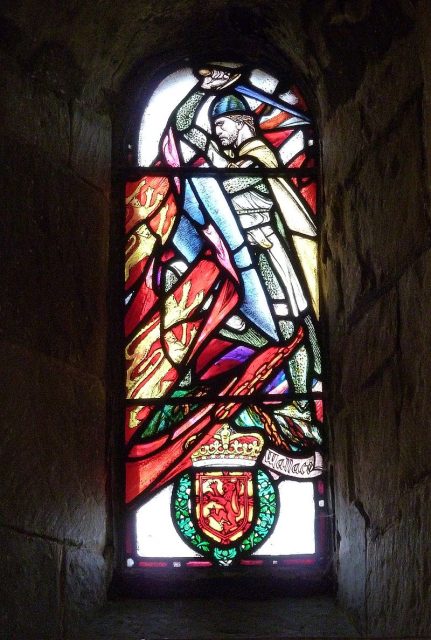
According to the Scotsman, Blind Harry’s account of Wallace’s life and rebellion was composed 150 years after the great hero’s supposed death, and was written to entertain rather than educate.
As a result, his tale is filled with embellishments, anachronism and outright fiction. Nevertheless, Blind Harry’s writings have been particularly influential in shaping the legend that we are so familiar with today.
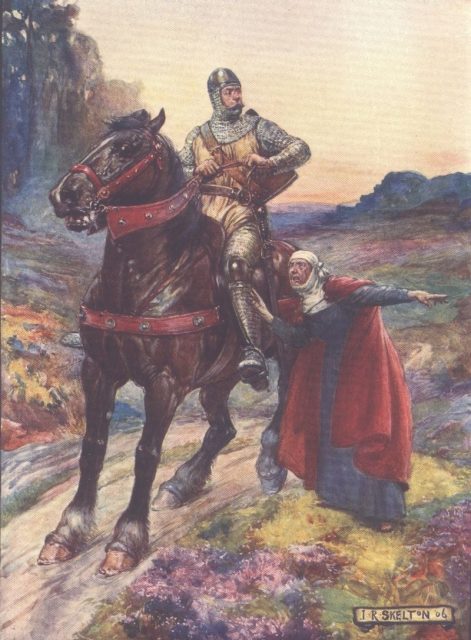
What, then, do we know of this revered Scottish warrior? According to the BBC, Wallace lived in a time of great political turbulence. The death of the Scottish king Alexander III in 1286 caused a succession crisis that threatened to tear apart the clans.
Seizing the opportunity to exploit the chaos, the English king Edward I appointed a new king, John Balliol, and then used his newfound influence to levy taxes on the beleaguered Scots.
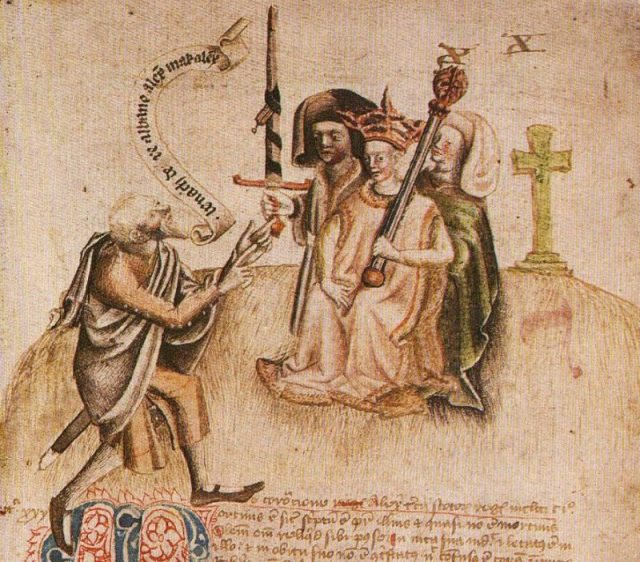
The Scots soon rose against the English, launching a series of bitter struggles that only seemed to cement English hegemony north of the border. It was within this volatile political context that William Wallace was to appear in the history books.
According to legend, and to the movie Braveheart, Wallace had lost his father to English tyranny when he was just a boy, and was raised by his uncle.
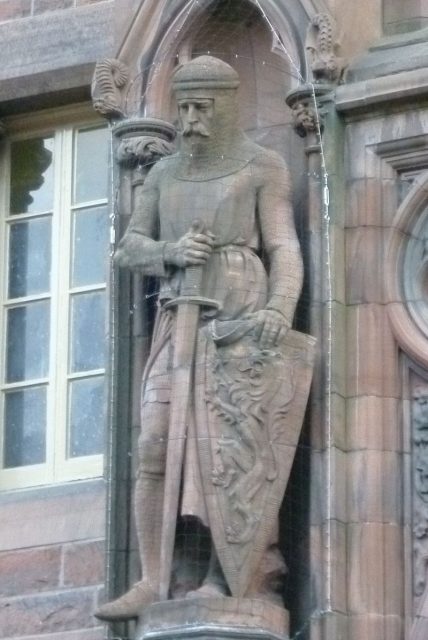
On his return to Scotland, he is said to have secretly married a woman named Murron, and it is her murder that pushes him into rebellion against the English. However, there is no clear evidence that any of these events actually took place.
We do know that Wallace appeared in Lanark in 1297, and there, leading a small group of men, he attacked the town, murdering the sheriff, William Heselrig.
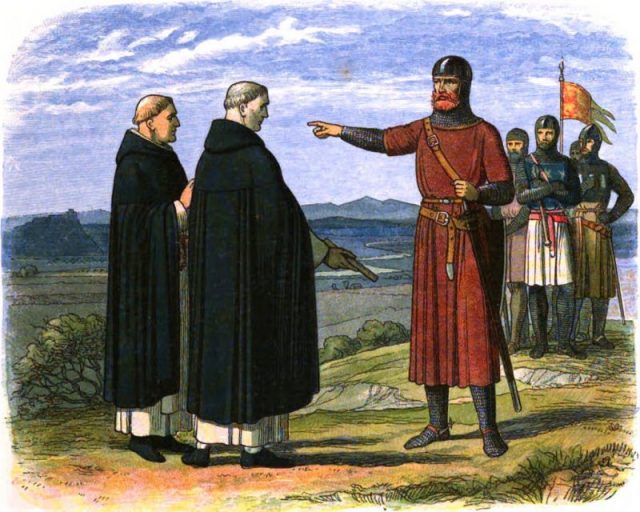
While Wallace may have been avenging a murdered wife, there are no sources that confirm this. Furthermore, it seems that he was already an outlaw by 1297, and intent on fighting the English.
Wallace was a violent and brutal guerilla leader — his early campaigns were intended to destabilize English rule in Scotland.
As his followers grew, Wallace was able to recapture more and more land from the English, and alongside other Scottish nobles, inflicted an unprecedented defeat over the English cavalry at the Battle of Stirling Bridge in September 1297.
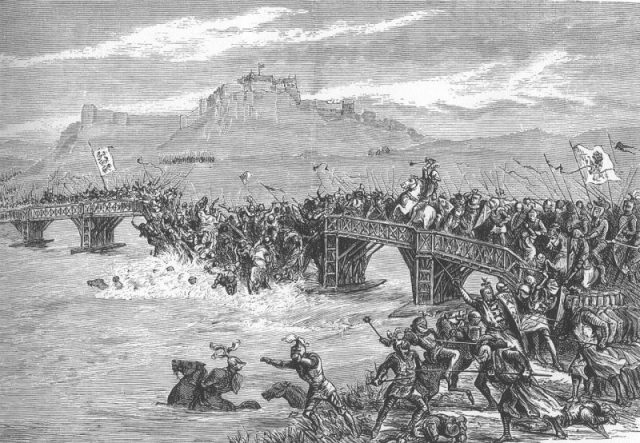
Following these significant Scottish gains, both in Scotland and in the north of England, Wallace and Andrew de Moray were appointed as Guardians of Scotland.
However, Wallace’s luck was not to hold. In July 1298, Edward I led an army against the Scots and inflicted a catastrophic defeat at the Battle of Falkirk. Wallace’s military reputation was left in tatters, and he was forced to seek help abroad, with England’s old foes, the French.
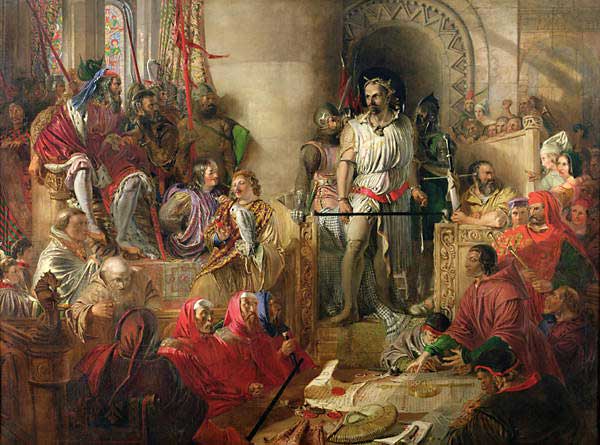
Upon his return to Scotland, and lacking the much-needed French support, Wallace was a hunted man. He was finally captured in August 1305 by men in the service of John de Menteith, and immediately tried. Wallace was sentenced to a terrible fate: to be hung, drawn and quartered, in the manner of a traitor.
His head was placed on a spike at London Bridge and each of his limbs were dispatched to different Scottish towns, a reminder of what happens to those who dare to defy the English.
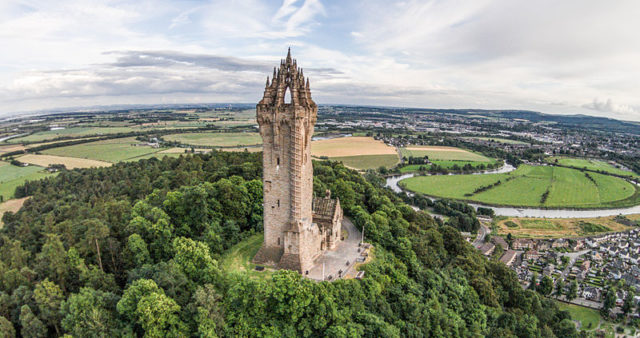
According to the Scotsman, the brutal reality of Wallace’s execution surpassed even the graphic re-enactment that took place in the film. English “justice” was often a particularly cruel fate for Scottish rebels, and it is this terrible execution that is seared into Scotland’s historical memory.
The legends that surround William Wallace tend to present him as a Scottish national hero, focused on modern ideals of freedom and liberty for all Scots.
https://www.youtube.com/watch?v=lEOOZDbMrgE
This is, no doubt, an anachronism, and it should not be forgotten that Wallace himself was a violent and often cruel warrior, engaged in the pursuit of individual power and glory rather than the goal of an egalitarian society.
Read another story from us: The True Story of Robert the Bruce – Scotland’s Legendary King
Nevertheless, his story remains an important landmark in the history of Scottish independence, and his legend will certainly continue to inspire poets, musicians and indeed, filmmakers, for many years to come.
